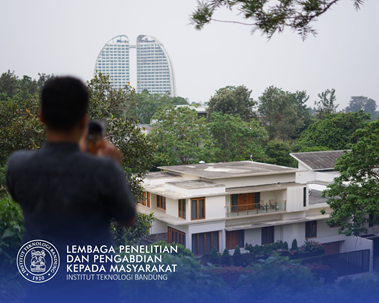

Andhika Sahadewa
Indonesia was hit by a series of earthquakes in 2018. This series of disasters included a significant event, the 7.4 Mw earthquake that struck Palu, the capital of Central Sulawesi on September 28, 2018 at 18:02 local time. This event was not long after the other major earthquake in Indonesia, namely the 2018 Mw Lombok earthquake of 6.4 which occurred on 29 July. The epicenter of the Palu 2018 earthquake was related to the Palu-Koro fault section located in the Donggala region which is about 80 km north of Palu city with an earthquake focus of around 10 km. The earthquake associated with this event was felt as far as Samarinda, Indonesia (± 300 km west of the epicenter) and in Tawau, Malaysia (± 550 km northwest of the epicenter). Several locations in Palu area, including Petobo, Balaroa, Jono Oge, dan Sibalaya, were greatly impacted by the quake. A post-disaster investigation team was formed to perform field reconnaisance in Palu in order to collect data and study mechanism of liquefaction. The investigation results were published in a proceeding titled ”Overview of the 2018 Palu Earthquake” in an international conference ICEGE 2019, Roma, Italia.
Penerapan Karya Tulis
A post-disaster investigation team was formed to perform field reconnaisance in Palu in order to collect data and study mechanism of liquefaction.